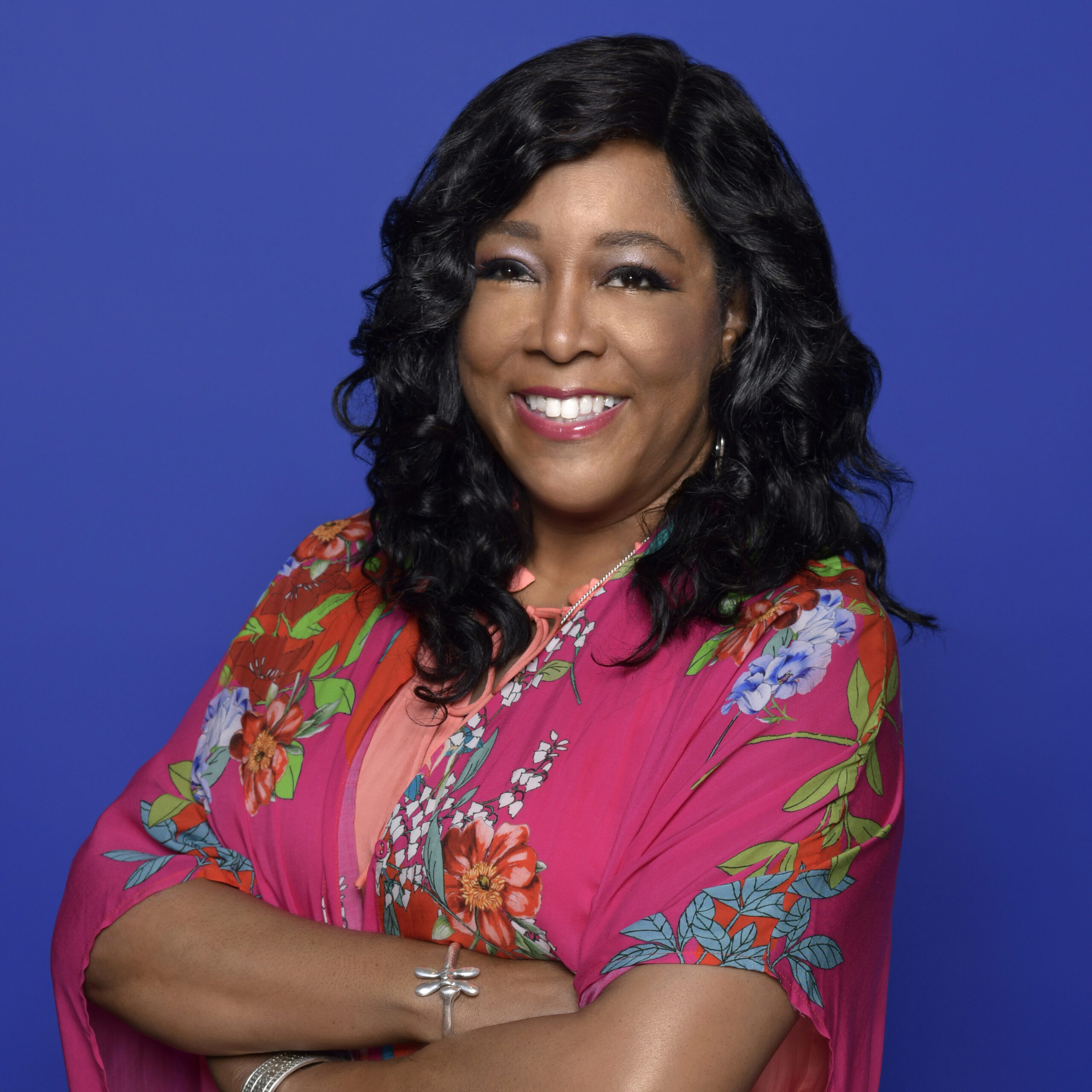There’s been much chatter around organizations moving to a skills-based hiring approach to secure talent amid the skills shortage. Even the world’s largest corporations — IBM, Microsoft, and LinkedIn — are getting behind the movement by nixing education as a requirement for certain roles. The U.S. Chamber of Commerce is signaling this as a step in the right direction, reporting that 95% of HR leaders and executives believe candidates without a degree perform similarly or better than degreed employees.
Janice Burns, chief transformation officer at learning experience platform Degreed, and former CLO at Mastercard, says that both organizations were ahead of the skills-based hiring trend, with Mastercard eliminating the degree requirement for specific positions years ago and Degreed having never had that requirement at all. Given the increased focus on AI, she also discusses the importance of upskilling.
At Degreed, Burns works alongside the people team, which encompasses the L&D team and is led by chief operating officer Nicole Williams.
Senior Executive L&D spoke with Burns to discuss Degreed’s hiring strategy, upskilling, AI, and the trends that she thinks will captivate learning leaders this year.
Senior Executive: How have you employed skills-based hiring? Are degrees considered in the talent acquisition process?
Janice Burns: When I was the CLO at MasterCard, we began focusing on skills well before it became a big trend. We began focusing on it as we went through a transformation and dropped the requirements for degrees. Degreed has never had a degree requirement because the whole purpose of Degreed is to recognize people for their skills and their experience, regardless of how they acquired them. I think more and more companies, especially as they look at their tech roles, are dropping the requirement for degrees.
If you’re going to focus on skills and want to be able to validate if that person actually has those skills…there are a number of ways that you can go about it. For instance, if you’re in a writing or communications job, you’ll often be asked for writing samples, or you may be given a written assignment to validate your skills. In sales, you’re seeing more and more organizations use AI-generated platforms to help identify certain skills more on the cognitive level. Here at Degreed, we give a candidate a use case and ask them to do a sales pitch based on that use case. We dissect their skills from there.
At MasterCard, I hired a few people who did not have a classic L&D background. They really demonstrated that not only did they have subject matter expertise in the area where we needed them to support the business, but they demonstrated an ability to translate information into tools that help people better understand information [and] build a skill. It was easy for me to teach them the science behind L&D. Being able to have that business knowledge, relationship-building skills, and the creativity to be able to make connections was more important to me than having a degree or even years of experience in L&D.
Senior Executive: What are some skills that you seek in a candidate?
Janice Burns: It depends on the role. I always like to break skills down into three [categories]: functional skills, power skills, and hot skills. The functional skills that we look for in a candidate are going to be very dependent on what that role is [and include] product development and product management, research and insights, and compliance. [As it pertains to power skills], we’re looking for relationship-building, critical thinking, problem-solving, etc. Can you deal with ambiguity? How well do you deal with a situation that’s not clearly defined but still needs an answer?
The reason critical thinking, problem solving, and creativity are so important to us is because we are a tech company. We pride ourselves on innovation. The road ahead of us is not always clear, and we’re constantly responding to our clients asking for enhancements or asking us to help them respond to market change. We need people who have that basic skill set to be able to…find solutions from it.
Then, there are hot skills. Today, hot skills are more in the technology space around AI and data analytics, [including] digital marketing, cyber security, and process automation. That’s how we think about skills when we’re hiring.
Senior Executive: Do you think that technology has been the main driver behind the skills-first shift?
Janice Burns: I think technology has been an accelerator, but the root cause is the skills shortage. [The market] is at a 17-year high in terms of the talent shortage. If you look at data from the World Economic Forum, they only predict that this is going to get wider. The shortage is being accelerated by the expansion of technology because technology, especially AI, is eliminating a lot of jobs, and also creating a need for new jobs that require new skills.
What you’re seeing is the market responding to this need for skilled talent. [Businesses] can’t necessarily hire [skilled talent], and universities can’t easily produce it. [Companies] are trying to find a way to validate if candidates have the skills they need before bringing them on, or if they have adjacent skills that can be used to build the skills that they need. There’s a lot of focus in L&D on how to upskill and/or reskill talent so that you can deploy it.
Senior Executive: With more and more companies employing AI, how is Degreed upskilling employees to be proficient in AI?
Janice Burns: When ChatGPT blew up in March [2023], my CEO had a mandate that every employee needed to upskill in AI. We’ve facilitated that in a number of ways. One, we created pathways in our Degreed platform to help upskill our people, [such as] a course in our academy. Last year, the top skills employees sought based on the number of learning pathways created in our platform were AI, ChatGPT, leadership, project management, data analytics, and communication. We also give everyone an annual learning stipend of $1,200 and encourage them to use it for AI skills. Personally, I’m taking a course on Udemy about business leaders understanding AI. That was [more on] the educational level.
At a practical, experiential level, we were asked to report weekly on how we were experimenting with ChatGPT or large learning language models in our day-to-day work. Many used ChatGPT for skill-building including learning more about prompt engineering.
Senior Executive: What are some new ways you’re using AI for learning?
Janice Burns: In our tech and product area, we’re doing all types of experiments using AI and have a number of really exciting enhancements…that have made our platform more user-friendly and have strengthened the user experience not only for the learner, but the administrator, too. This year, we are looking to leverage AI for adaptive learning. This type of learning will generate content tags that make learning recommendations more personalized and relevant, ultimately creating a more engaging experience. The recommendations will be based on skill level for more detailed skills profiles and improved skill analytics.
[To support this], we are testing out Degreed Assistant, a component on our platform that’s designed to have interactive conversations, make learning more accessible, and help users discover relevant learning resources. People can find niche content that they’re most interested in, and that can really help someone who is in a rush or deskless workers who can use voice-to-text and photos to interact with the AI chat. Ultimately, the vision is for Degreed Assistant to act as a personal, real-time learning coach.
Senior Executive: In addition to investing in tech skills, how else is Degreed developing its workforce?
Janice Burns: [While] we don’t have a leadership development program in the classic sense, we perform talent assessments [to see] who our high potentials are. Then we engage in what I call experiential learning — putting them on highly visible projects so that they can build leadership skills and get exposure to our leadership team and organization.
Our assessments are multi-faceted. For instance, you can conduct an online assessment through CredSpark, one of our partners. Or, there are quizzes and courses that employees can take that are embedded into learning pathways. All of these assessments revolve around getting skill data on the employee. Additionally, there’s a qualitative side through peer reviews, self ratings, and manager reviews.
We also perform annual talent reviews that help assess an employee’s leadership potential, functional expertise, and areas for growth and development. These assessments help people leaders co-create development plans aimed at building enterprise leadership, team leadership, function expertise, skills, and career opportunities.
Oftentimes, when you go into formal leadership programs that are very academic, you’re not getting experience in a safe environment where you can fail and be coached. With this approach, you get the safety of knowing that someone has your back and will provide you with experience, exposure, and safety if you make a mistake.
Senior Executive: Beyond skills-based hiring, what L&D trends do you think are going to be prominent in 2024?
Janice Burns: I have several predictions for 2024. [The first is] the digitalization of learning. You’re going to see much more use of technology in learning. While that’s already a trend, I think it’s going to accelerate, especially as you look at learning being delivered through mobile learning, virtual reality, and augmented reality. Today, most learning that occurs at work requires you to be connected to some type of laptop device. The impact of that is providing more accessibility, especially to the deskless worker and disenfranchised worker.
Two other trends that you’ll see is a focus on learning leaders being able to demonstrate their value, or business impact value. [They’ll be] using metrics that are more relevant to business leaders, such as the percentage of sustainable talent in the organization, how quickly talent can be upskilled and deployed, the percentage of your talent deployed in a new role, or even the value of your skills portfolio in financial terms.
Finally, the role of the L&D leader will evolve as we think about what the business needs from learning and development. We need L&D to accelerate the workforce’s capabilities at scale. To do that, it’s really about transforming the workforce. You’re going to see the role of the L&D leader become more of a business partner than a supporting role going forward.
Looking for more insights from top learning and development leaders? Read these exclusive interviews by Senior Executive L&D.







